For a while now, all we hear about is COVID-19. How big the numbers are, how it’s spreading and the symptoms it brings to those who contract it. What we don’t really hear much about is how to work on getting better once you have had the virus.
Today we would like to focus on post-COVID-19 rehabilitation and how you can best get back to a happy and healthy lifestyle. Thanks to the Irish Society of Chartered Physiotherapists we can share a manageable plan to help you recover after COVID-19.
Below is a good plan for those who have recently been discharged from the hospital and for those of you recovering at home. It is important to remember to pace yourself and not do too much too fast.
How am I going to feel after having the virus?
Everyone is different so you may or may not experience the following after COVID-19 symptoms:
- Tire easily
- Have less energy
- Have difficulty concentrating – due to tiredness & fatigue
- Experience muscle pain
- Joint stiffness
- Reduced mobility
- Breathlessness
- Loss of appetite
- Weightless
- Lack of sense of smell and taste
Some of these symptoms can last up to 6-8 weeks. You just need to be patient with yourself.
Managing Your Breathlessness:
Being breathless is a common symptom of COVID-19 and one that appears to stay with many afterwards. Some have described it as feeling ‘short of breath‘ or ‘winded‘.
You may experience breathlessness when carrying out minimal activities and that’s ok, you just need to be prepared for them. For example, you could become breathless when getting dressed, showering, or walking. The important thing to remember is to slow down and pace yourself.
These positions will help with breathing and can help ease your shortness of breath. Just remember to relax while doing them, this helps.
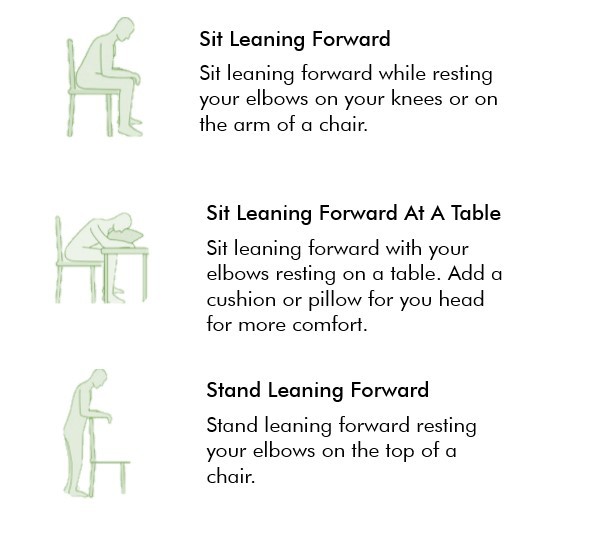
Breathing Control:
There are a number of easy breathing techniques you can try at home to help with breathlessness. Doing some of them can help you feel more relaxed and less anxious.
Belly Breathing:
This particular type of breathing may not come naturally to most of us but it is said to help you relax and relieve stress.
Make sure you are comfortable, you can belly breathe while sitting or lying down.
- Put one hand on your belly just below your ribs
- Put the other hand on your chest
- Take a deep breath in through your nose
- Let your belly push your hand out/up depending on your position
- Focus on your belly expanding when you breathe in & falling with your breath out.
Breathe gently when you belly breathe, there should only be slight movements of your belly, you are trying to relax after all.
Pursed Lip Breathing:
Pursed lip breathing is good if you find yourself very breathless, stressed or even if belly breathing isn’t your cup of tea. It allows more time for the air to leave your lungs which makes it easier to take in your next breath.
- Make sure you are comfortable
- Breathe in through your nose
- Breath out through your mouth – with pursed lips like you are about to give a kiss.
- Repeat these steps until you feel less breathless and more at ease.
Breathe a Rectangle:
Breathing a rectangle can go hand in hand with belly breathing. All you need to do is imagine a rectangle or look for one in the room around you whether it’s a door, the TV, a book, etc.
The aim of the game here is to breath out twice as long as you breathe in:
Top Breathing Tips:
- Avoid holding your breath during any activities such as climbing the stairs, cleaning the house, lifting anything.
- Don’t rush – take your time, you will get there. Give yourself more time to complete tasks.
- Blow as you go – basically, it means you should breathe out when an effort is needed – such as standing up from a chair or when you go to lift something.
Getting Active:
The best thing you can do (once you feel up to it) is to start getting your body moving. Exercise outside your home can really help.
Start off small and gradually build the plan up from there. You will need to pace yourself. Regular exercise is good for you but do keep in mind that it will be some time before you can get things back to the way they were before.
- Start off slow and gradually introduce new activities
- Set realistic and achievable targets
- Rest when you feel tired – don’t push yourself
- Monitor your breathing/breathlessness when you exercise
- Don’t compare yourself to others – everyone is different
Here is a 6-week plan drawn up by the Irish Society of Chartered Physiotherapists to help you get started:
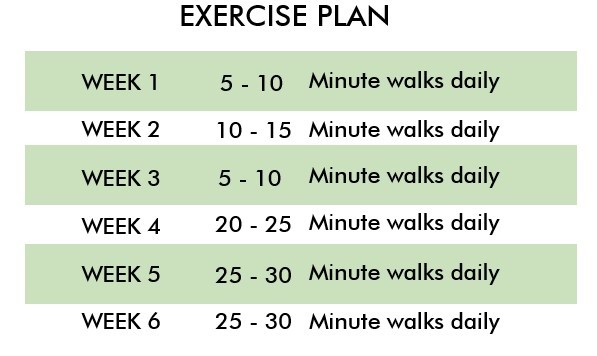 NOTE: If you feel as though your symptoms are worsening or that you need further treatment, please do not hesitate to contact your doctor.
NOTE: If you feel as though your symptoms are worsening or that you need further treatment, please do not hesitate to contact your doctor.
For those times that you want to relax and take a break, there is nothing like a cup of tea to relax and calm you. The Uccello Kettle is ideal, you don’t have to lift, balance or strain yourself for a hot sup. Click Here Now to get yours.




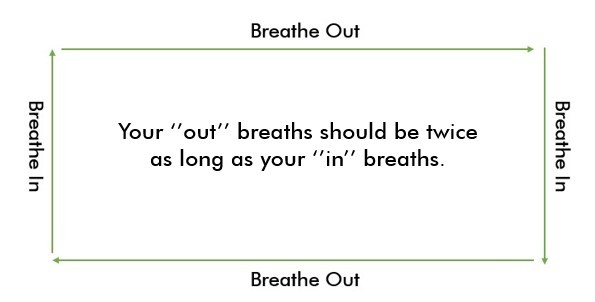



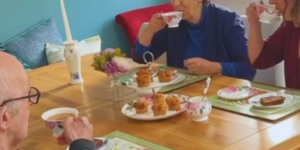
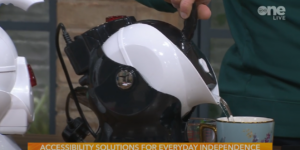

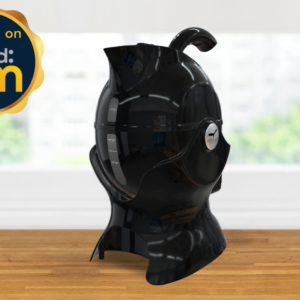
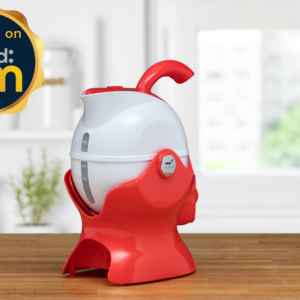
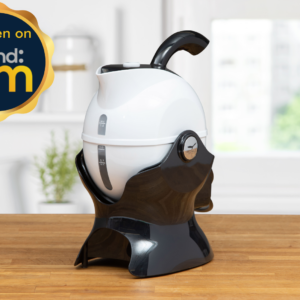

Leave a Comment